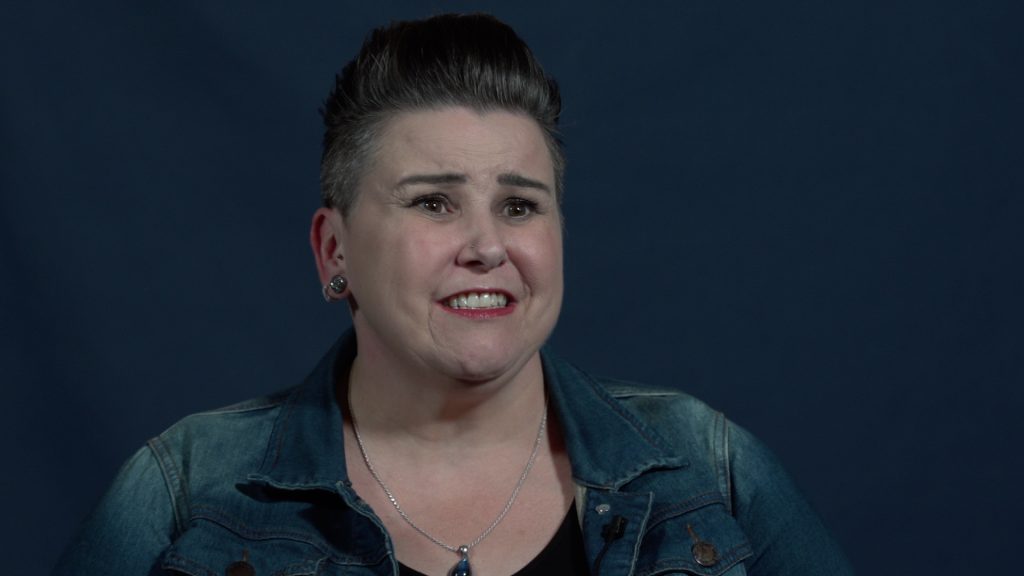Year: 2019
Location: Calgary
Profile: Until she was 38, Mary Jane Fisher begrudgingly accepted the limited role for a woman that the Jehovah’s Witnesses permit. That meant rejecting any form of postsecondary education and focusing on child rearing, homemaking, and “pioneering,” that is attempting to sell the Witness theology and recruit new members. Born in Toronto in 1971, Fisher’s father walked out on her mother when she converted to the Witness religion. Her mother remarried, this time to a fellow Jehovah’s Witness, and the family moved to Calgary. Fisher married young to a fellow Witness and had a child, but the marriage collapsed and she married another Witness, with whom she had 3 children.
Fisher worked part-time as a nurse’s aide but when she decided, as her children grew up, to study nursing at Bow Valley College to become an LPN, her Witness community disapproved. She was increasingly estranged from that community, and both she and her husband were eventually “disfellowshipped,” that is expelled from and shunned by that community, including her mother and her half-siblings. But, freed from Witness obligations to shun both work requiring postsecondary education and trade union activism, she became an AUPE activist for LPN rights. She took a variety of union-offered courses and became vice-chair of Chapter 8 in Calgary, Local 45. Working in the Indigenous Family Medicine Clinic at the Sheldon Chumir Health Centre, Fisher became particularly involved in efforts to require management to confront hazards to workers in a workplace where physical and verbal attacks on nurses had become common. She notes: “People have a right to healthcare, but we also have a right to not be abused.” In Fisher’s estimation, “AUPE keeps us safe every single day.”
Keywords: AUPE; Indigenous health; Jehovah’s Witnesses; LPNs; Occupational Health and Safety in health settings; Sheldon M. Chumir Health Centre; Violence in the workplace
Transcript: Download PDF
See also: Alberta Union of Provincial Employees; Occupational Health and Safety in Alberta; Vulnerable Workers in Alberta; Women and Work in Alberta

